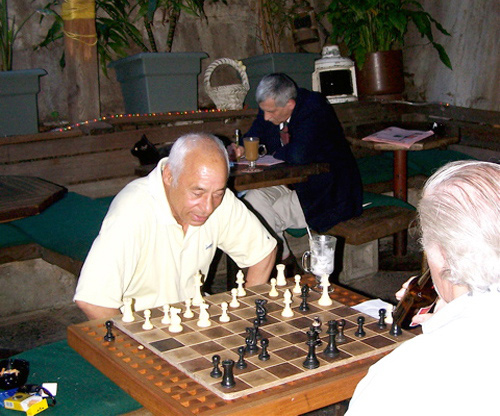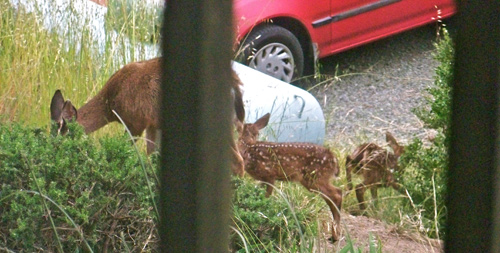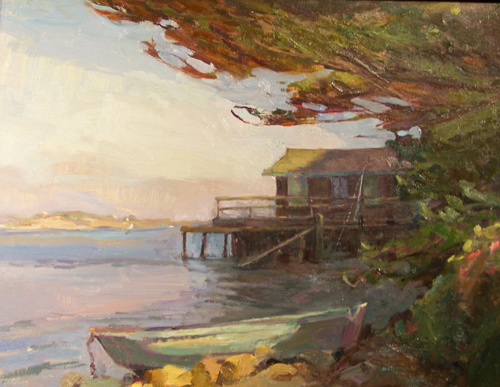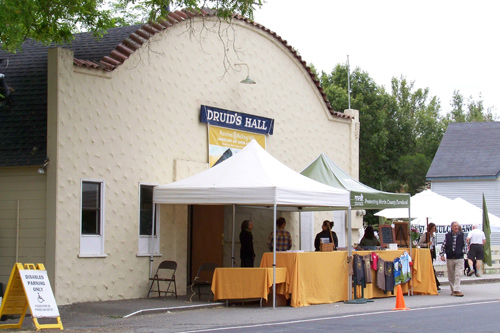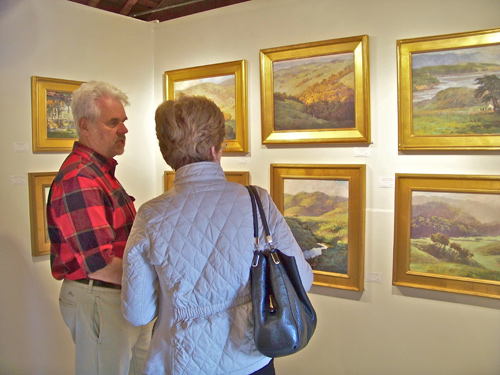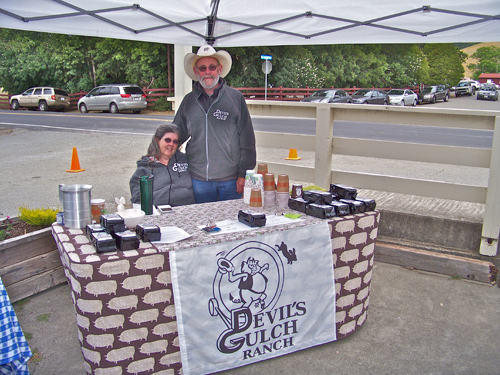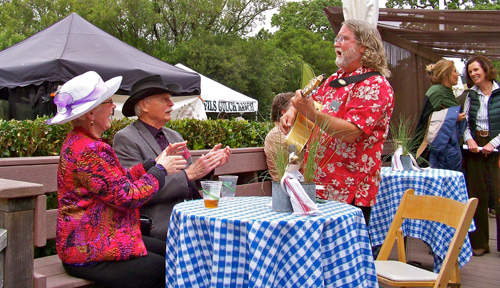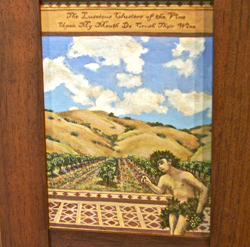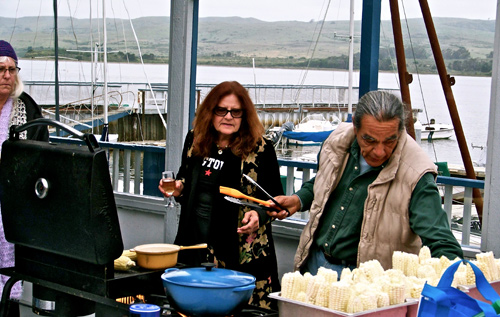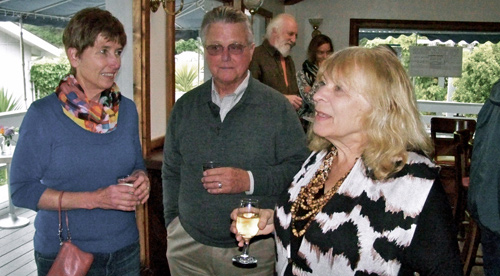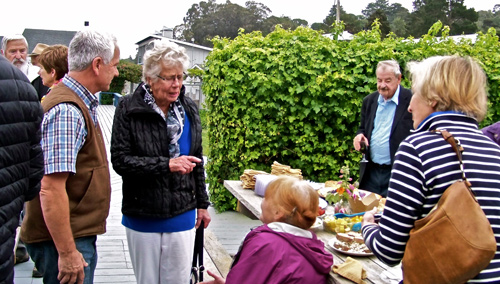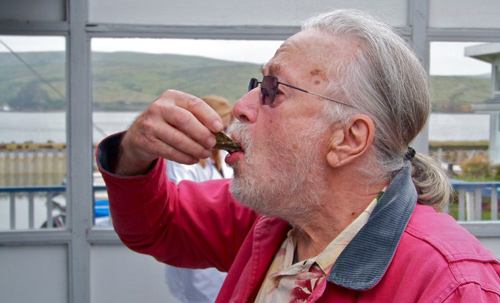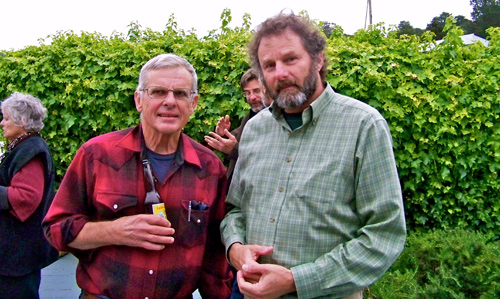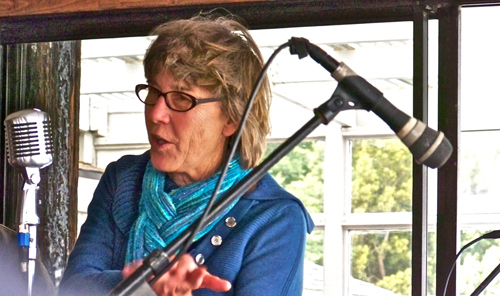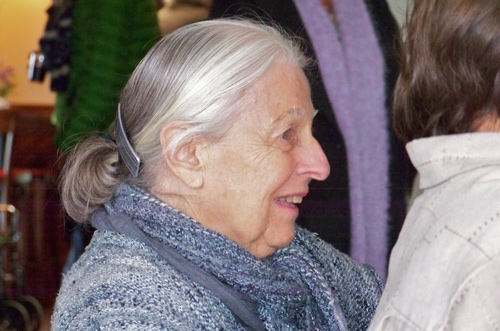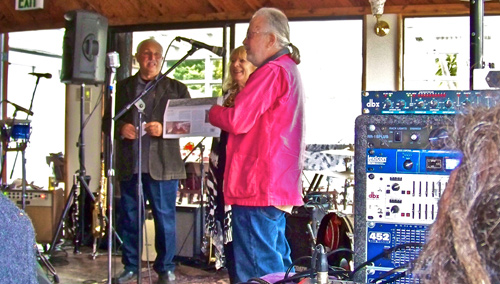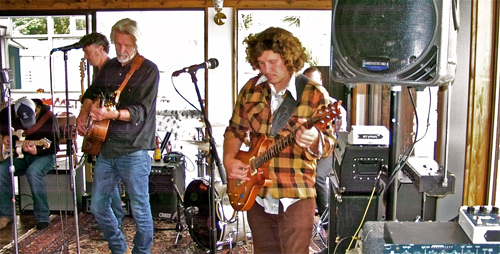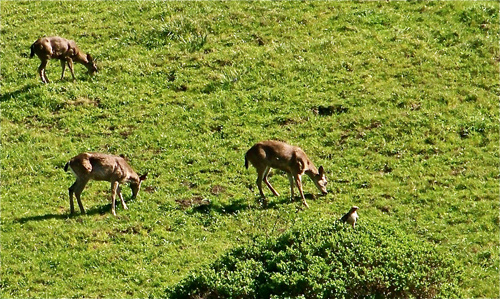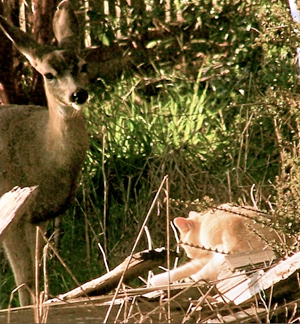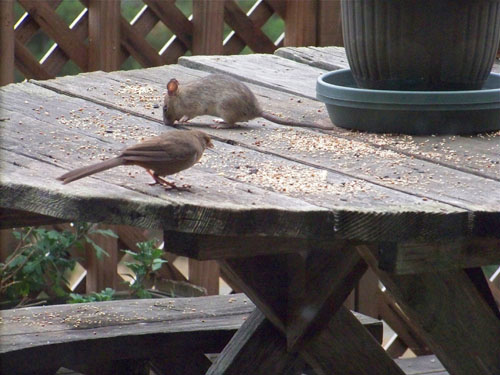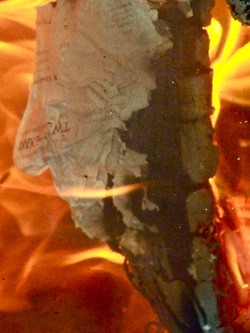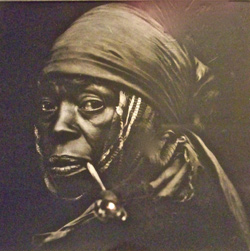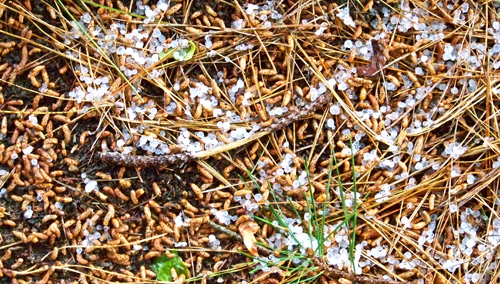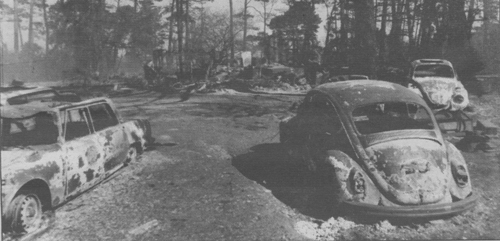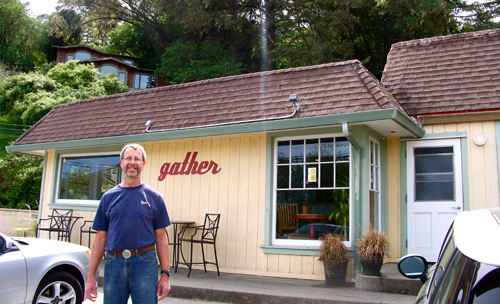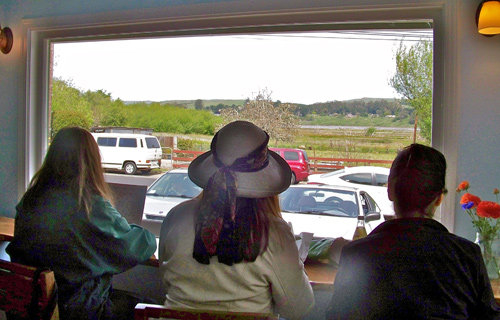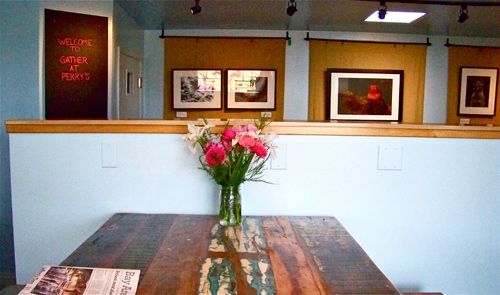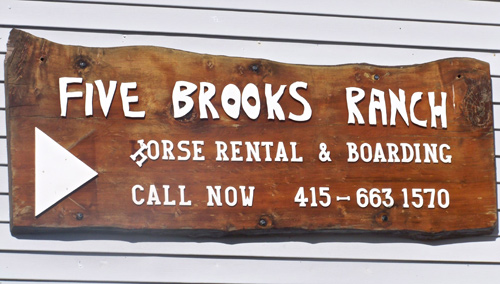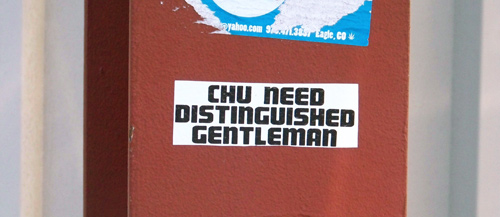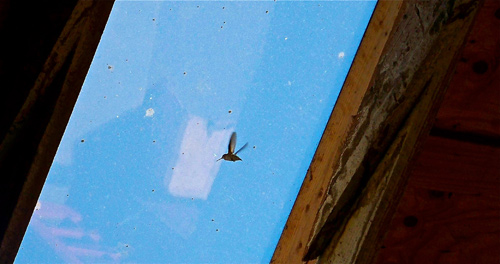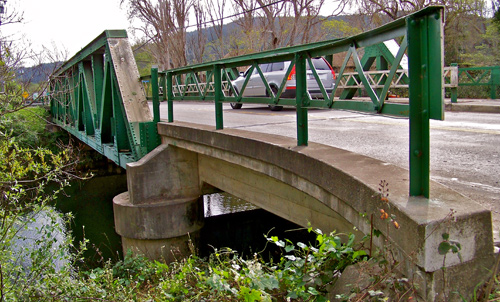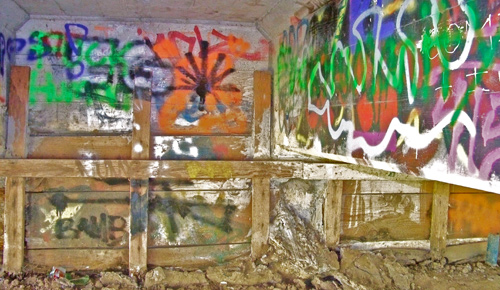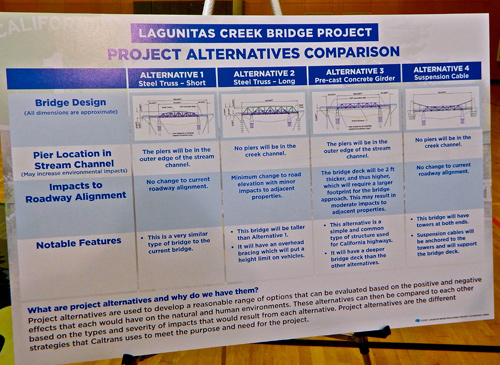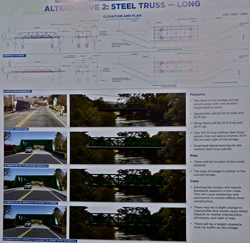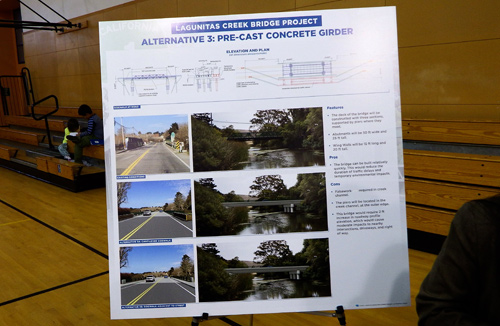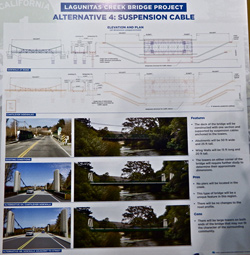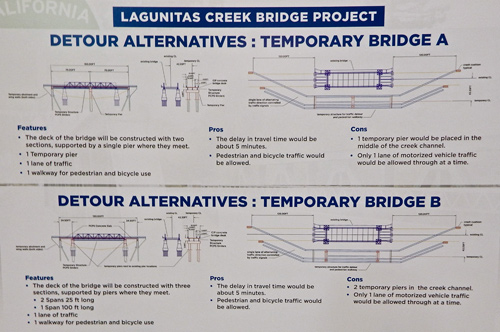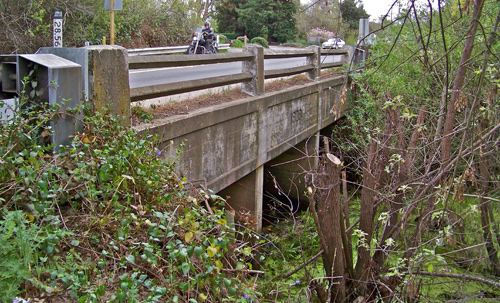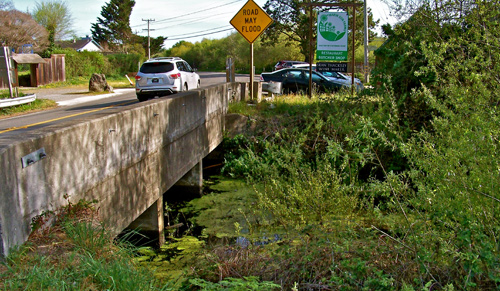This posting is a short one because I’m still recovering from a fall on Saturday while doing yard work at home. Argh!
My Memorial Day weekend started out chaotically and soon got worse. Friday night Lynn and I went to the No Name bar in Sausalito, as we always do, to listen to jazz. I brought along a small roll of $2 bills so I could add a few to my tips, as I always do. Usually, the servers are happily surprised to get them.
Midway through the evening, however, I reached into my coat pocket for the roll of bills, and it wasn’t there. I took off the coat, and Lynn and I searched all the pockets. Nothing. We were sitting in the garden area of the No Name, and people around us then joined in searching the ground. Nothing. One customer had an iPhone with a flashlight, and he let us use that to look under tables and chairs. Nothing.
Chess players in the garden of Sausalito’s No Name bar.
The server came out with her own iPhone flashlight, but still nothing was found. By now we had most of the customers who were sitting in the garden involved in the search, so I called it off and paid the tip from the usual cash in my wallet.
The amount of money missing was relatively small, only $30, but it represented repeatedly dropping in at banks to see if they had any twos on hand. Usually they didn’t. In any case, I soon forgot about the loss, but when I got home and took off my coat, there were the bills in an obscure inside pocket. The coat as it turns out has 10 pockets, which is supposedly quite handy but is also enough to disrupt the back-garden customers at the No Name.
A doe and her two fawns help clear grass downhill from Mitchell cabin.
Saturday, I took advantage of sunny weather to weed-whack grass around the house. All was going well as I worked my way up a slope until I tripped and fell backward onto the ground. My rib-cage came down on top of the weed-whacker’s handlebar. Goddamn gravity!
Lynn helped me get up, but when I went inside and tried to lie down, the pain became excruciating. Because it was a weekend, none of the clinics in town was open, and bouncing over the Coast Range to Kaiser Hospital in Terra Linda was not an option. The next day was Sunday, so there still were no clinics open. The day after that was Memorial Day, and the clinics were still closed.
Finally today, Tuesday, Lynn drove me, sightly sedated, to Kaiser in San Rafael where a doctor concluded I had bruised a few ribs but not broken any. So now I’m back home again, getting a jab in my side every time I cough or roll over in bed. Getting in and out of bed is pure torture. However, I’m expected to recover.

